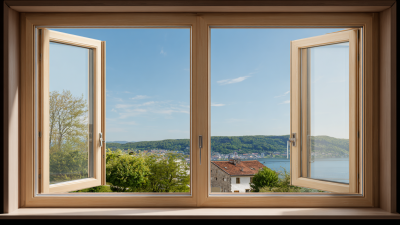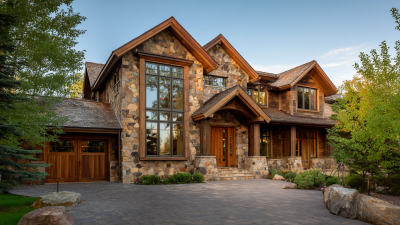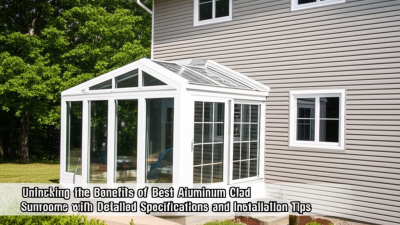As the 138th Canton Fair approaches in 2025, the market for Wood Casement Windows is set to take center stage in the ongoing dialogue about sustainable building materials and architectural solutions. This event gathers manufacturers, suppliers, and industry experts from around the globe, making it a pivotal platform for showcasing innovative products and analyzing market trends. Wood Casement Windows, known for their aesthetic appeal and energy efficiency, resonate with the growing consumer preference for eco-friendly options in home construction and renovation. By exploring the insights and data surrounding these windows at the fair, stakeholders will gain valuable understanding of market dynamics, consumer behavior, and emerging technologies. This comprehensive examination not only highlights the potential for growth in the Wood Casement Windows segment but also underscores the importance of adapting to evolving market demands in a rapidly changing landscape.
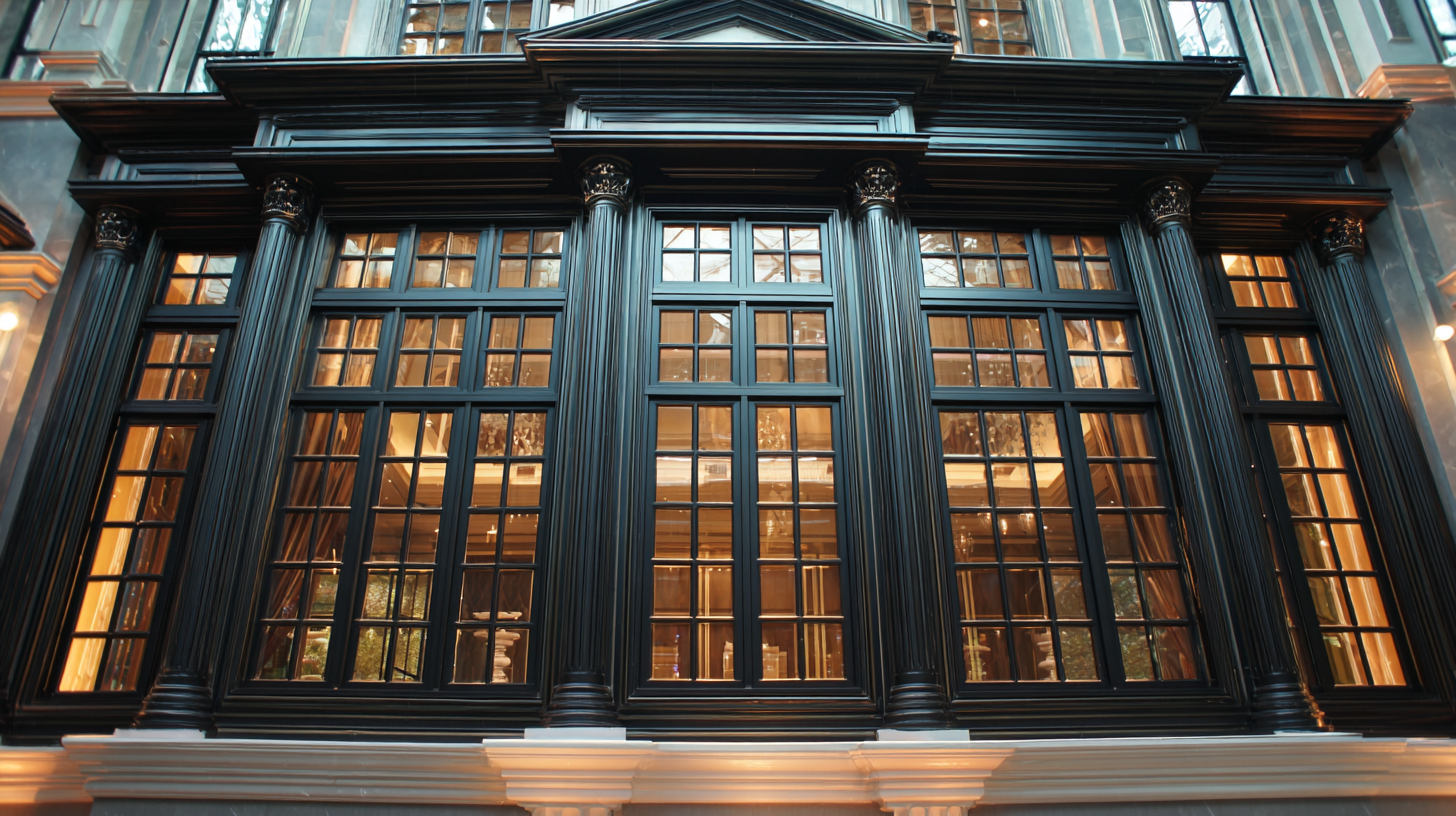
The market for wood casement windows is experiencing notable shifts as revealed at the 138th Canton Fair in 2025. In a climate where global commerce faces challenges due to decoupling from major economies, industry professionals gathered to explore emerging trends. Reports indicate that sustainable materials and energy-efficient designs are key drivers influencing consumer preferences. A recent industry study projected a growth rate of 4.5% in demand for wood casement windows over the next five years, underscoring the increasing value placed on environmentally friendly construction options.
As stakeholders navigate the complexities of international trade, the solid wood segment continues to show resilience. Approximately 60% of exhibitors at the fair highlighted innovation in design and functionality, indicating a strong commitment to meeting evolving market needs. Additionally, data shows that the Asia-Pacific region is projected to hold a significant market share, primarily fueled by rising urbanization and a surge in renovation projects. Such insights gleaned from the fair not only showcase current market conditions but also hint at a future where adaptability and sustainability will redefine the wood fenestration landscape.
This chart illustrates the market trends for wood casement windows based on insights gathered from the 138th Canton Fair in 2025. The data reflects the projected growth and interest in this product category.
 The market for wood casement windows is witnessing significant shifts as consumer preferences evolve. Key trends influencing these preferences include sustainability, design aesthetics, and energy efficiency. According to a recent industry report by Grand View Research, the demand for sustainable building materials, including wood windows, is projected to grow at a CAGR of 4.5% from 2022 to 2030. This growing inclination towards eco-friendly products underscores a shift in consumer awareness and values, making wood casement windows an appealing choice for homeowners seeking to combine functionality with environmental responsibility.
The market for wood casement windows is witnessing significant shifts as consumer preferences evolve. Key trends influencing these preferences include sustainability, design aesthetics, and energy efficiency. According to a recent industry report by Grand View Research, the demand for sustainable building materials, including wood windows, is projected to grow at a CAGR of 4.5% from 2022 to 2030. This growing inclination towards eco-friendly products underscores a shift in consumer awareness and values, making wood casement windows an appealing choice for homeowners seeking to combine functionality with environmental responsibility.
In addition to sustainability, the aesthetic appeal of wood casement windows is an essential factor driving consumer choices. The National Association of Home Builders states that 70% of homebuyers prioritize design and style in their window selections. This trend highlights the importance of providing customizable options to meet the diverse tastes of modern homeowners. To cater to this demand, manufacturers should consider offering a range of finishes, colors, and designs that allow for personalization.
Tips: When selecting wood casement windows, consider energy-efficient options that provide insulation and reduce utility costs. Additionally, ensure that the chosen style complements your home's architecture for a cohesive look. Lastly, explore sustainable sourcing to enhance your home’s eco-friendliness while satisfying consumer trends.
The global wood window market is seeing significant shifts as we approach the 138th Canton Fair in 2025, with a projected market size of $150.7 billion, up from $143.6 billion in 2024. This growth is fueled by an increasing demand for sustainable and aesthetically pleasing building materials. Competitors are strategically positioning themselves to capture this trend by offering innovative designs and eco-friendly options that align with consumer preferences for greener living.
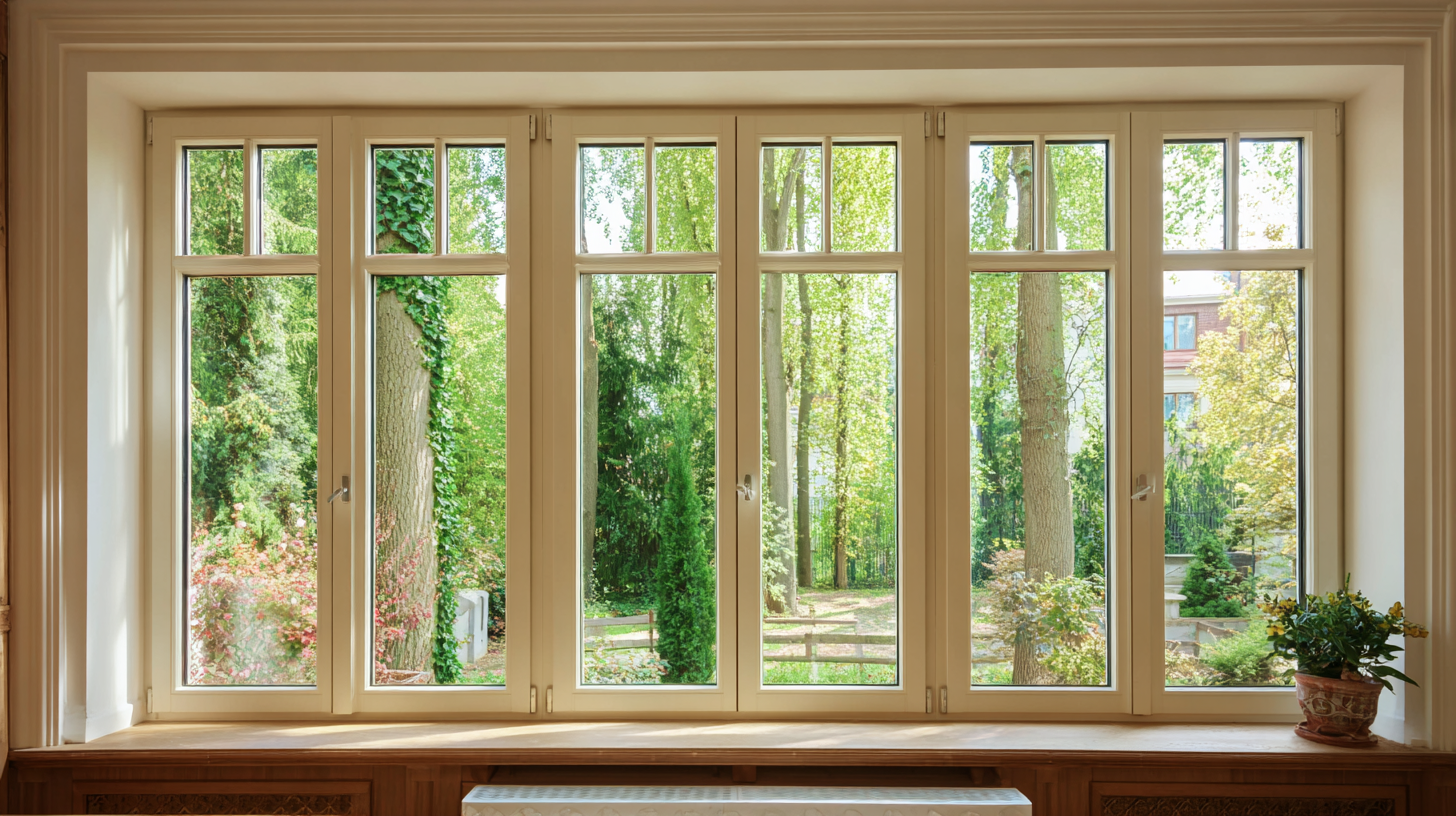
In analyzing competitor strategies within the wood window segment, brands are focusing on enhancing product customization and quality. Many are investing in advanced manufacturing techniques to improve durability and energy efficiency, catering to the rising market demand for products that not only look good but also contribute to environmental sustainability. Additionally, some competitors are broadening their distribution channels, integrating online platforms to reach a wider audience. This competitive landscape suggests a dynamic market ahead, as innovative approaches and strategic enhancements will play a crucial role in determining market leaders in the upcoming years.
Sustainability has become a cornerstone of manufacturing practices across various industries, and the wood casement window sector is no exception. At the 138th Canton Fair in 2025, manufacturers are poised to showcase their commitment to eco-friendly production methods. This includes sourcing timber from certified forests and utilizing reclaimed wood, which not only reduces deforestation but also minimizes the carbon footprint associated with new material extraction.
Additionally, the adoption of sustainable adhesives and finishes plays a significant role in enhancing the environmental profile of wood casement windows. These innovations help in reducing the presence of volatile organic compounds (VOCs), making the products safer for indoor environments.
Manufacturers are also focusing on energy-efficient designs that improve insulation, thereby promoting lower energy consumption in buildings. By integrating these sustainability practices, the industry is not only responding to consumer demand for greener products but also setting a higher standard for future construction materials.
The wood window industry is currently at a crossroad, with a blend of promising opportunities and formidable challenges ahead. As sustainability becomes a key consumer priority, wood casement windows are poised to benefit from the growing demand for eco-friendly construction materials. The 138th Canton Fair 2025 will serve as a platform to showcase innovative designs and manufacturing techniques, highlighting how these products can meet environmental standards while still providing aesthetic appeal.
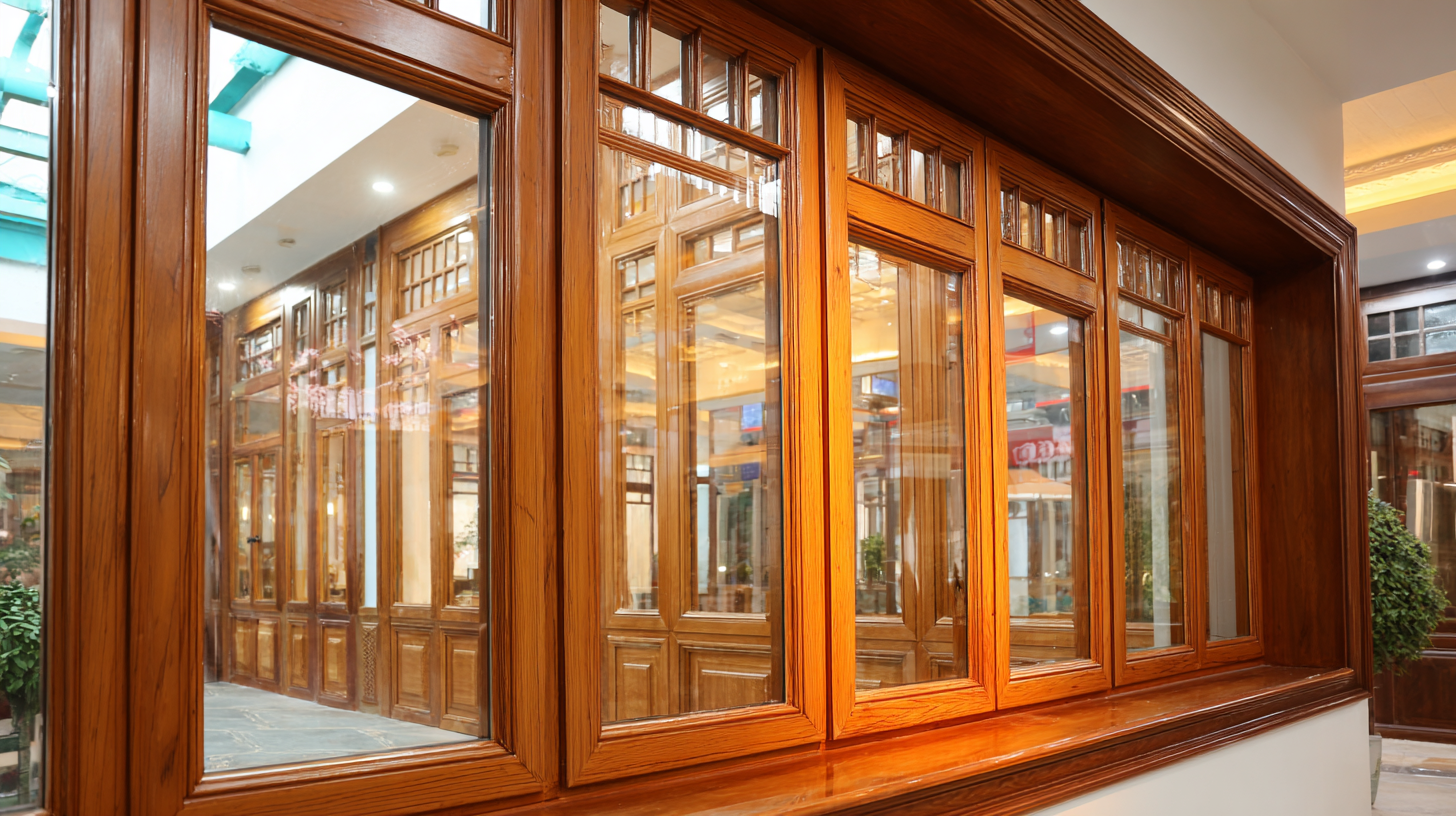
However, industry stakeholders must contend with challenges, including shifts in consumer preferences and competition from alternative materials. Events like the recent innovation summit in Nantong emphasize the importance of staying at the forefront of technological advancements. The rising integration of smart technology in window manufacturing could offer avenues for differentiation in the market. As players in the wood window sector adapt to these trends, they must also consider the economic landscape and its impact on material sourcing and production costs, ensuring that they remain viable in a rapidly evolving industry.
